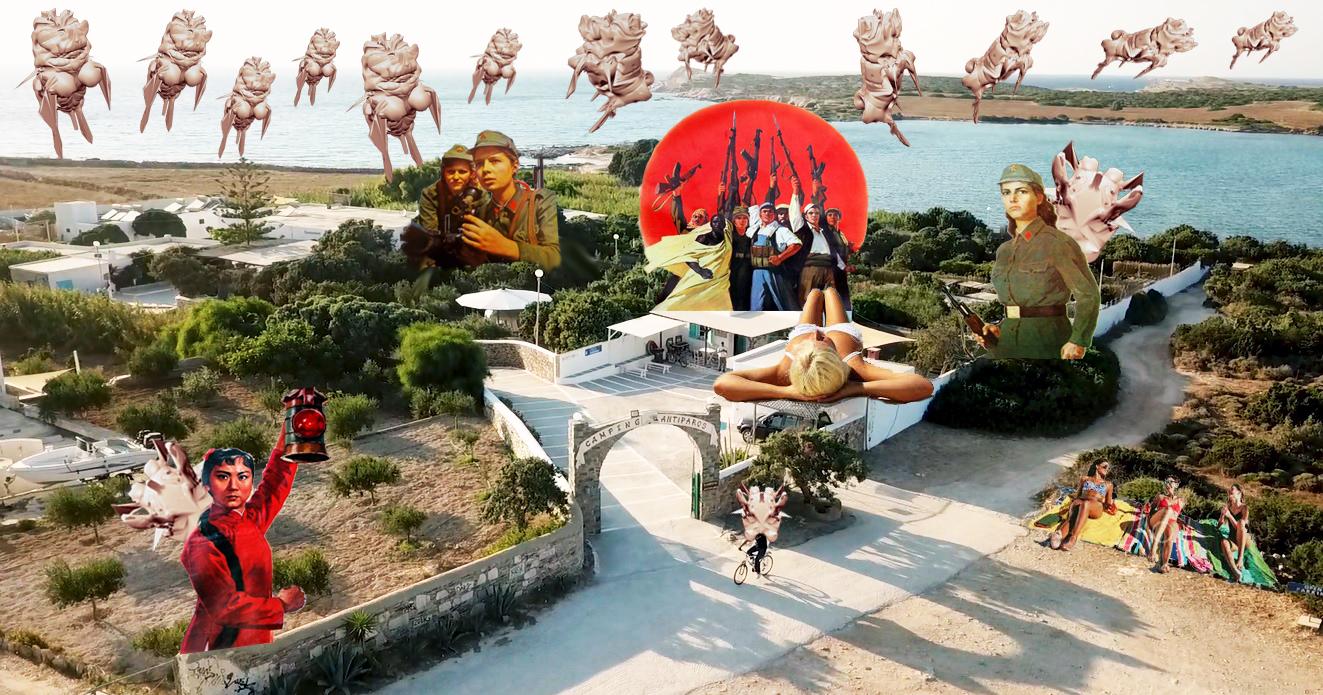Proposal for a Women* Labour Monument (and a tribute to the female* Albanian proletariat) (1)
Eva Giannakopoulou
The work suggests an audiovisual installation that departs from two contradictory and deferred events of women* conditions in times of tense political ferment.
In 1918 Fanny Kaplan (2) shoots Vladimir Lenin three times in front of a factory. The two shots were unlucky, but one of them found its purpose. She was then interrogated and killed on September 3 of the same year. Decades later, in 2016 Greece, three Albanian immigrant women work under extremely precarious working conditions in the kitchen of a tourist restaurant. Linking a violent historical event of the October Revolution with the phenomenon of immigration following the fall of the Eastern Bloc, the proposal for this work focuses on the historical and conceptual relevance of two women* 'narratives'; examining how these narratives manifest at various ways on a political, personal and artistic level.
How does emotion relate to labor or - radical - political claims and in which ways do they 'converse" with the feminist movement? How are feminine practices archived and disseminated and how are they then transcribed into new demands? What kind of monuments or representations emerge and how do they translate into an artwork?
The project raises questions about the new technologies of memory and public space. Under contemporary conditions, the claims of public space and the presence of bodies with-rights and bodies without-rights, are becoming increasingly dense and controversial. The debate about monuments and the presence in public memory once again focuses on the structures, forms, mechanisms, and apparatuses of power. Can we think of the creation of new mnemonic feminist aesthetic techniques and what would be their characteristics?
(1) Temporary title
(2) Fanny Efimovna Kaplan, a member of the Socialist Revolutionary Party, considered the Bolshevik leader as a traitor, having outlawed her party. This assisination attempt, in conjunction with the assassination of the Central Committee's Commissioner, Moisei Uritsky, greatly disturbed the Bolshevik leadership, resulting in the reinstatement of the death penalty, which had been abolished in October 1917.
